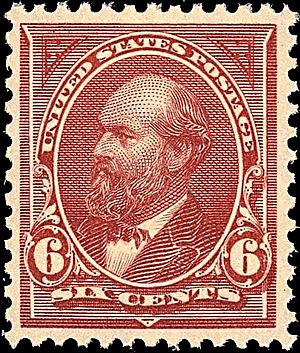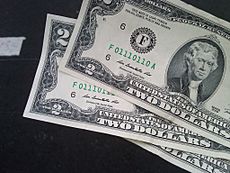Bureau of Engraving and Printing facts for kids
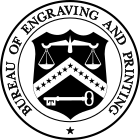
Seal of the Bureau of Engraving and Printing
|
|
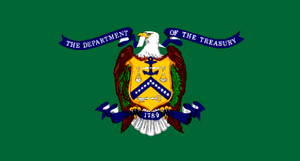
|
|
| Agency overview | |
|---|---|
| Formed | August 29, 1862 |
| Headquarters | Washington, D.C. |
| Employees | 2,169 (2006) |
| Agency executive |
|
| Parent agency | Department of the Treasury |
The Bureau of Engraving and Printing (BEP) is a government agency within the United States Department of the Treasury that designs and produces a variety of security products for the United States government, most notable of which is Federal Reserve Notes (paper money) for the Federal Reserve, the nation's central bank. In addition to paper currency, the BEP produces Treasury securities; military commissions and award certificates; invitations and admission cards; and many different types of identification cards, forms, and other special security documents for a variety of government agencies. The BEP does not produce coins; all coinage is produced by the United States Mint. With production facilities in Washington, DC, and Fort Worth, Texas, the Bureau of Engraving and Printing is the largest producer of government security documents in the United States.
Production
The Bureau of Engraving and Printing officially took over production of postage stamps for the United States government in July 1894. Paper currency was later produced on hand presses around 1918, utilizing plates capable of printing four notes per sheet.
Postage stamp production
The Bureau of Engraving and Printing officially took over production of postage stamps for the United States government in July 1894. The first of the works printed by the BEP was placed on sale on July 18, 1894, and by the end of the first year of stamp production, the BEP had printed and delivered more than 2.1 billion stamps. The United States Postal Service switched purely to private postage stamp printers in 2005, ending 111 years of production by the Bureau. Starting in 2011 the United States Postal Service in-housed all postage stamp printing services.
Currency production
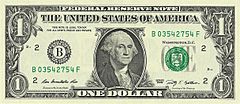
Since 1968, all currency has been printed by means of the dry intaglio process, whereby wetting of the paper prior to printing is unnecessary. In this process, fine-line engravings are transferred to steel plates from which an impression is made on sheets of distinctive paper. Ink is applied to a plate containing 32 note impressions, which is then wiped clean, leaving ink in the engraved lines.
The plate is pressed against the sheet of paper with such pressure as to actually press the paper into the lines of the plate to pick up the ink. Both faces and backs are printed in this manner – backs first. After the faces are printed, the sheets are then typographically overprinted with Treasury Seals and serial numbers.
During the Fiscal Year 2013, the Bureau delivered 6.6 billion notes at an average cost of 10 cents per note.
Locations
The Bureau of Engraving and Printing has two locations: one in Washington, DC, and another in Fort Worth, Texas.
Images for kids
-
Aerial view of the BEP in Washington, D.C. circa 1918
-
The Bureau's Fort Worth location, with visitor tours available during business hours.
See also
 In Spanish: Oficina de Grabado e Impresión de Estados Unidos para niños
In Spanish: Oficina de Grabado e Impresión de Estados Unidos para niños


